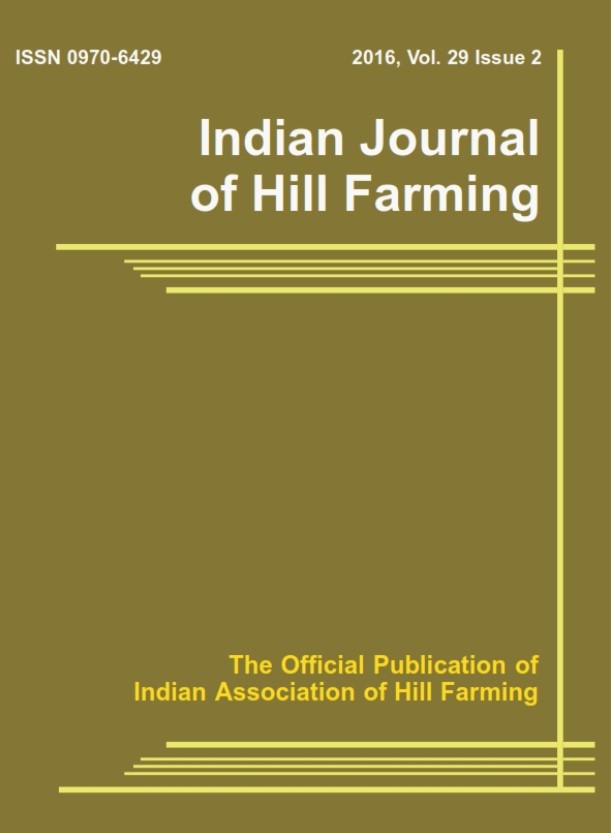Backyard Poultry Management Practices in Rural Hilly Areas of Jammu and Kashmir
DOI:
https://doi.org/10.56678/Keywords:
Backyard poultry, Management Practices, Hilly Areas, RajouriAbstract
Backyard poultry plays an important role in the livelihood of rural families in developing countries. Inspite of a source of cash income, it also satisfies their social needs. This paper is based on a study conducted in 12 villages of rural hilly areas of Rajouri district of Jammu and Kashmir to present an overview of different managerial practices in those areas. The questionnaires were filled after open discussions with respondents. The survey indicated the existence of few birds in the study area with an average flock size of 8-10 birds per household. Egg production was about 50 eggs per bird per year. Diseases, predators and lack of veterinary services were the most quoted reasons for mortality there. None of the families was found to vaccinate were their birds. 37.5% respondents were keeping their birds in coops or under woven baskets. Only 14.17% of respondents supplement their birds once a day with grains like wheat and millet, as scavenging was the only feed source for most of them.
Downloads
Published
Issue
Section
License

This work is licensed under a Creative Commons Attribution-NonCommercial-NoDerivatives 4.0 International License.




